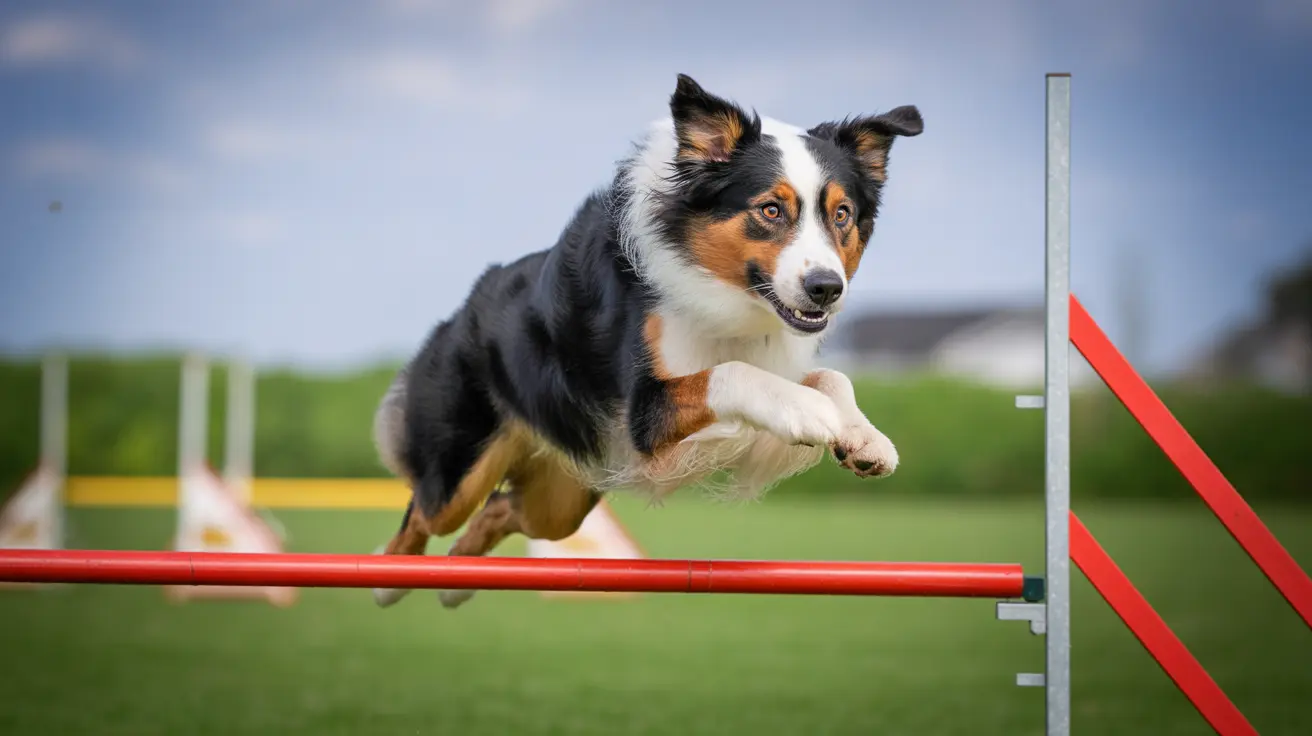Understanding the Seven Primary Dog Categories
Dog breeds are typically classified into seven distinct categories based on their historical roles, temperamental traits, and physical characteristics. This classification helps pet owners, breeders, and trainers better understand each breed’s behavioral tendencies, grooming needs, and energy levels. These seven categories are widely recognized by leading kennel clubs, including the American Kennel Club (AKC).
1. Sporting Group
Sporting dogs were originally bred to assist hunters in locating and retrieving game birds. These breeds are known for their intelligence, alertness, and high energy levels.
- Common breeds: Labrador Retriever, Golden Retriever, Spaniels, Pointers
- Traits: Energetic, friendly, eager to please
- Best for: Active families, outdoor enthusiasts
2. Hound Group
Hound dogs were bred for hunting either by scent or sight. They have keen senses and great stamina.
- Common breeds: Beagle, Greyhound, Bloodhound, Basset Hound
- Traits: Persistent, independent, vocal
- Best for: Owners who enjoy long walks and moderate grooming
3. Working Group
Working dogs were developed to perform practical tasks like guarding, pulling sleds, and rescue operations. They tend to be large and strong.
- Common breeds: Siberian Husky, Doberman Pinscher, Boxer, Great Dane
- Traits: Intelligent, protective, powerful
- Best for: Experienced dog owners and those seeking protection or service animals
4. Terrier Group
Terriers were initially bred for controlling vermin and small game. They are known for their spirited and feisty nature.
- Common breeds: Jack Russell Terrier, Bull Terrier, Scottish Terrier
- Traits: Bold, energetic, tenacious
- Best for: Active owners with time for training and play
5. Toy Group
Toy dogs are small in size and bred primarily for companionship. Despite their stature, many are quite brave and alert.
- Common breeds: Pomeranian, Chihuahua, Shih Tzu, Maltese
- Traits: Affectionate, sociable, alert
- Best for: Apartment dwellers and people seeking low-exercise companions
6. Non-Sporting Group
Non-Sporting dogs encompass a diverse range of breeds that do not fit neatly into other categories. They vary in size, coat type, and personality.
- Common breeds: Dalmatian, Bulldog, Poodle, Shiba Inu
- Traits: Varied — includes outgoing, reserved, energetic
- Best for: Families with varying lifestyle needs
7. Herding Group
Herding dogs developed to manage livestock by using instinctual herding abilities and intelligence. These breeds require ample mental and physical stimulation.
- Common breeds: Border Collie, German Shepherd, Australian Shepherd
- Traits: Brilliant, active, responsive
- Best for: Highly active owners and those involved in training or dog sports
Choosing the Right Dog Group for Your Lifestyle
Understanding the seven dog categories can significantly improve your compatibility with a canine companion. Whether you seek a playful Toy breed or a hardworking guardian from the Working group, aligning your lifestyle with your dog’s natural characteristics leads to a more fulfilling relationship.
Key factors to consider when choosing a breed:
- Your activity level
- Living environment
- Experience with dogs
- Time available for grooming and training
Each group contains breeds with unique needs, but every dog has the potential to be a loving, loyal member of your family.





